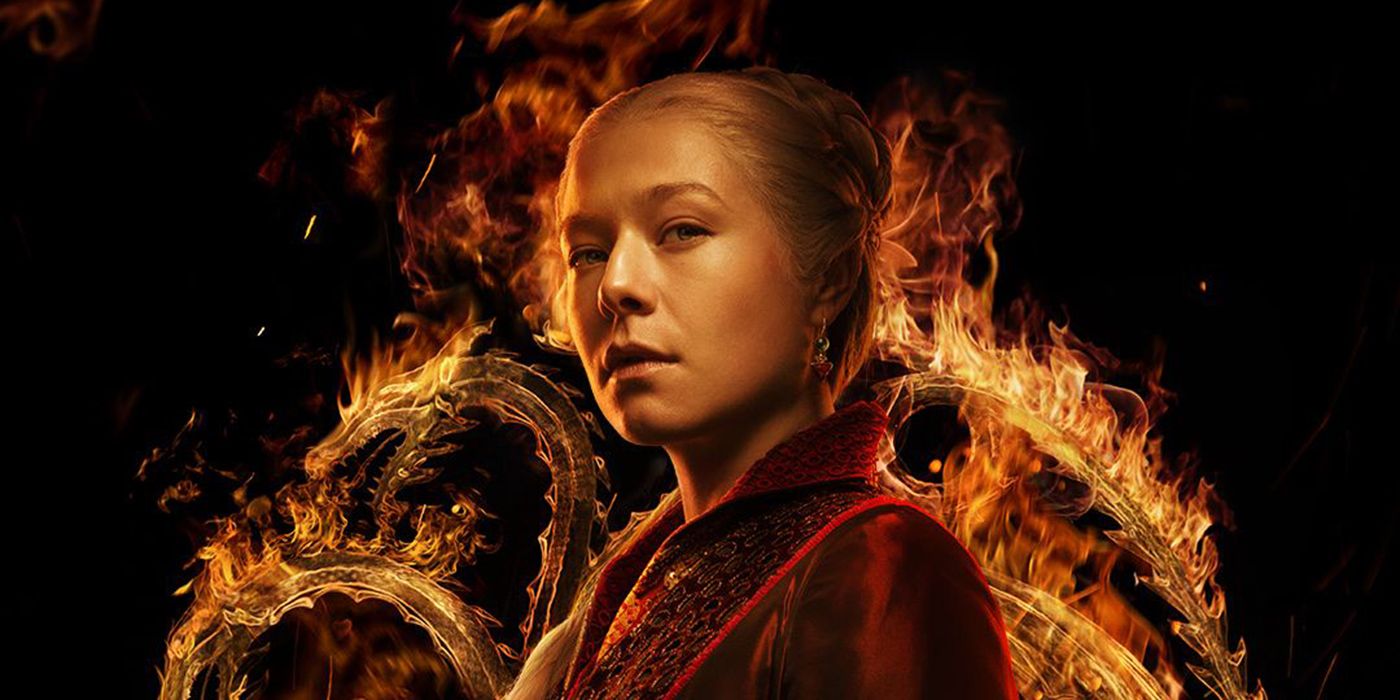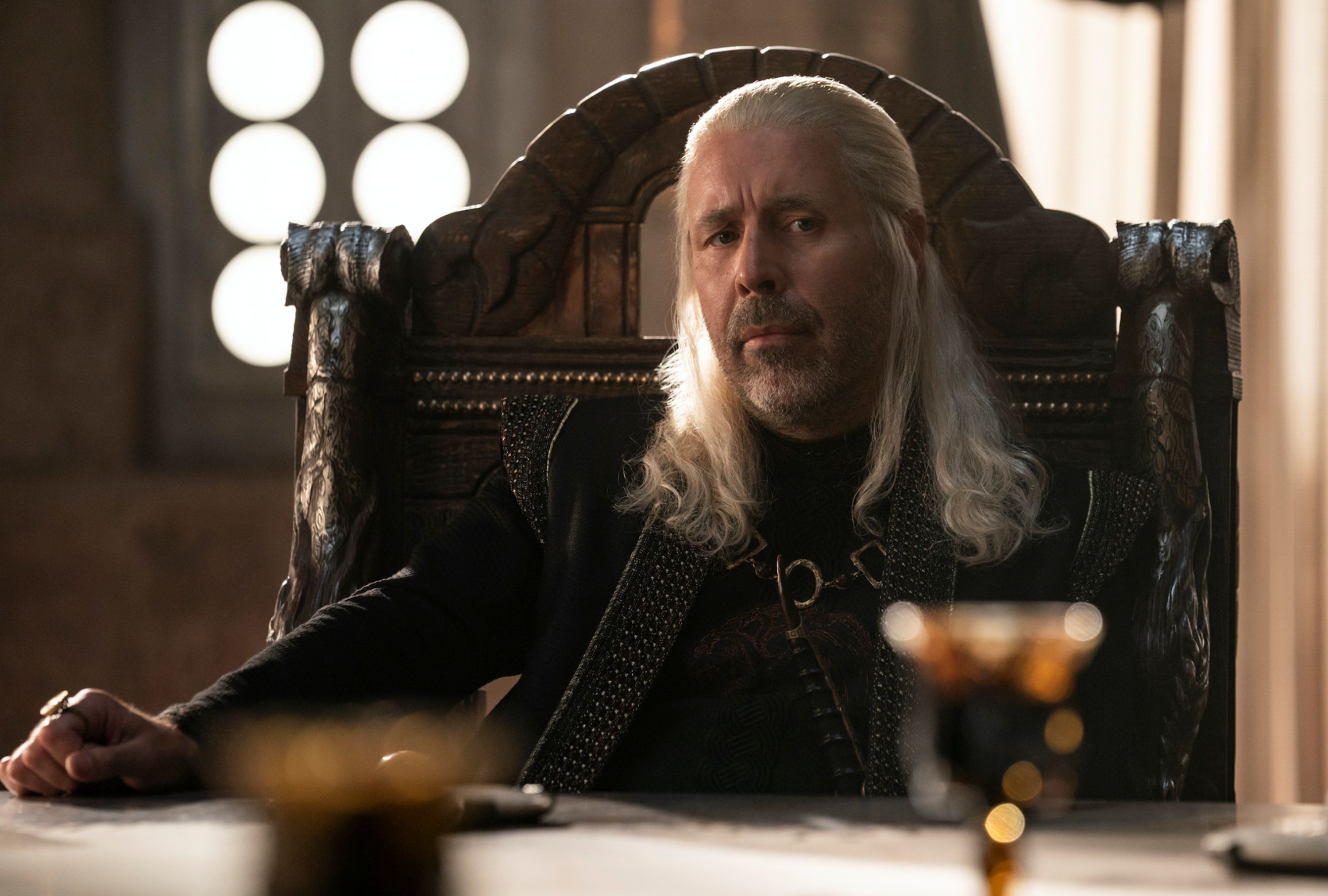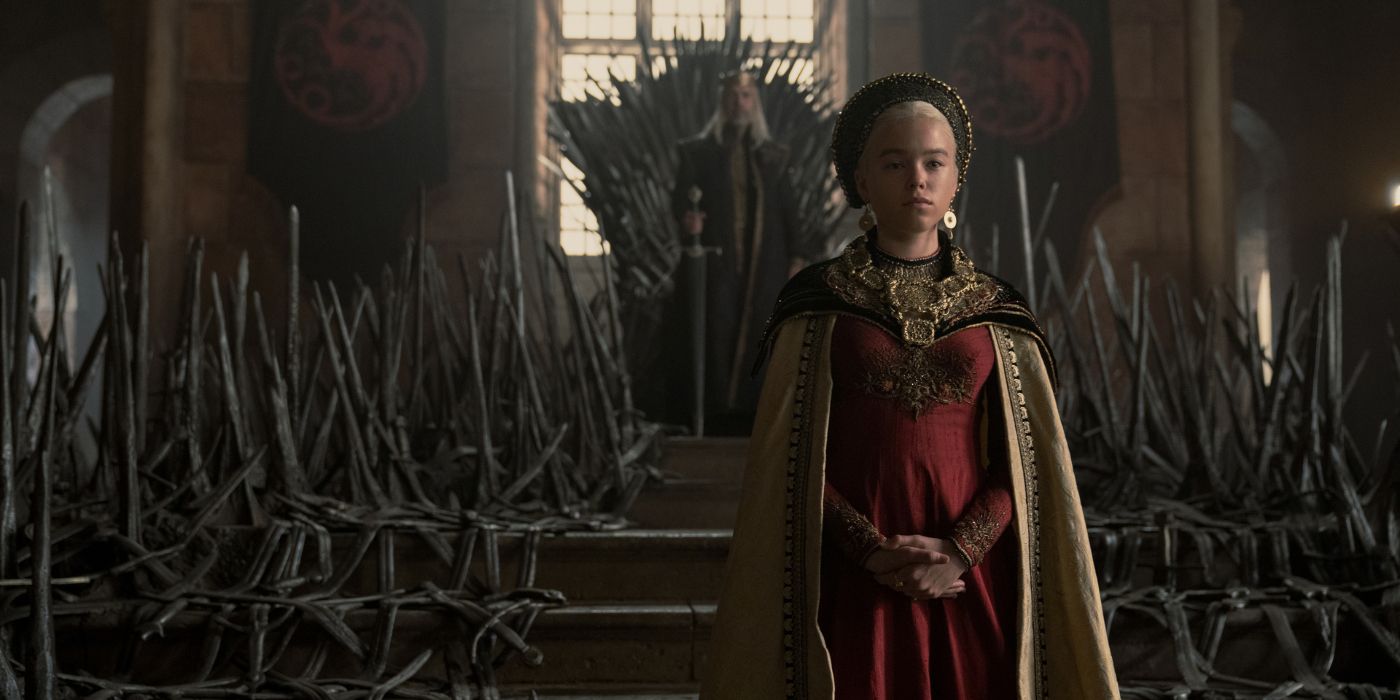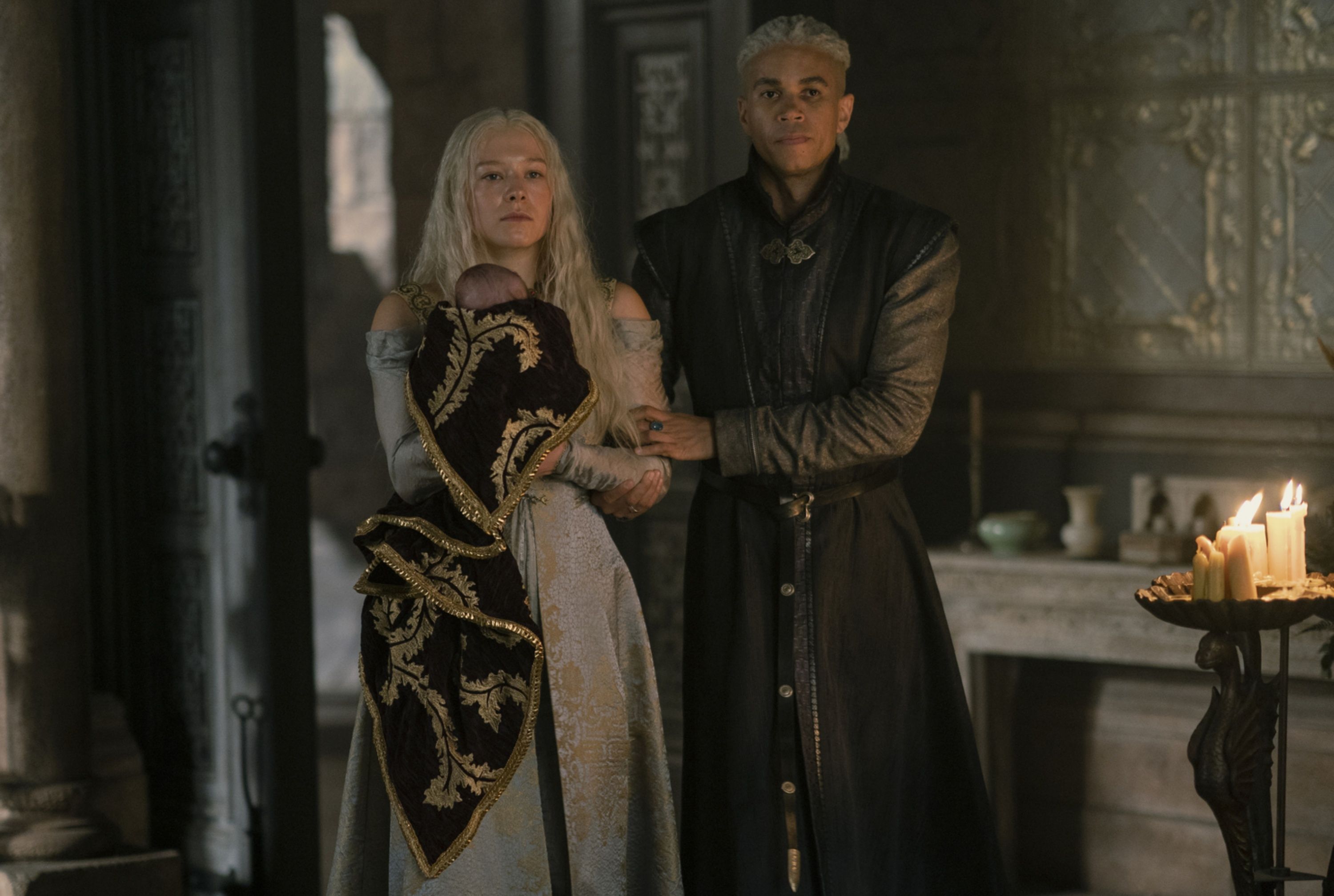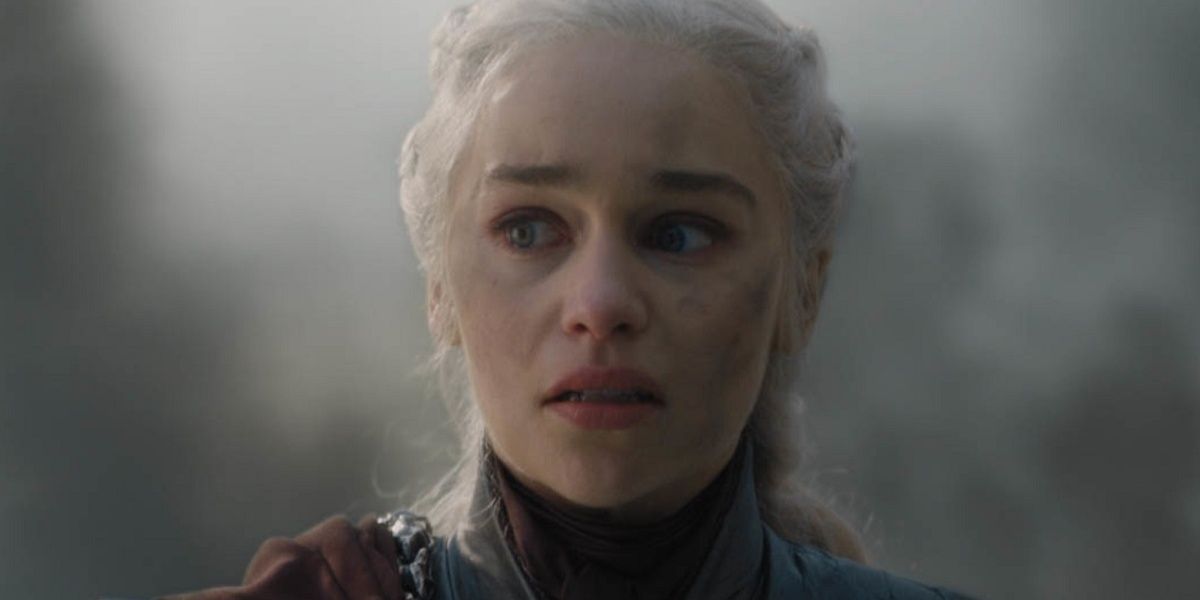Editor's note: The below contains spoilers for Episodes 1-6 of House of the Dragon.Anyone that had never read George R.R. Martin’s A Song of Ice and Fire series may have felt seriously overwhelmed at the beginning of Game of Thrones. The pilot episode, “Winter is Coming,” introduces dozens of characters, multiple claims to the Iron Throne, and enough violence to sicken even the most steel-hearted viewer. If you didn’t know the history of Westeros like the back of your hand, you probably had to invest some serious time into researching the ways that the different houses are related, and why the state of political succession is so volatile.
By comparison, House of the Dragon sets up a rather straightforward battle for the fate of the Seven Kingdoms. It may actually be a better place to start for non-Game of Thrones fans, as the political conflict is contained to the internal turmoil within House Targaryen. That being said, multiple claims to the throne are made within just the pilot episode, “The Heirs of the Dragon.” King Viserys I Targaryen (Paddy Considine) suffers a personal tragedy that forces him to consider what the Seven Kingdoms will look like upon his death.
House of the Dragon takes place approximately 190 years before the events of Game of Thrones. As explained in a brief line of text and narration that plays before the episode’s title cards, the events of the series will lead to the ascension of Daenerys Targaryen (Emilia Clarke). Prior to the events of House of the Dragon, the ruling King Aegon Targaryen (also known as Aegon the Conqueror) united the Seven Kingdoms of Westeros. The stories of Aegon and his dragons are referred to at several points within Game of Thrones and considered a defining moment in Westerosi history. Aegon’s domination places House Targaryen in control of the realm.
When Given the Option, Men Will Always Be Chosen to Rule
King Viserys I succeeded to the Iron Throne following one of the longest-ruling Targaryen kings, King Jaehaerys I. Jaehaerys was well loved by his people and ruler who ruled over a very peaceful time in Westeros. We learn in “The Heirs of the Dragon” that Viserys has been in power for approximately a decade; he was chosen by a Great Council to take the throne. Princess Rhaenys Targaryen (Eve Best) also had a claim to the throne, but the council opted to choose a male ruler.
Viserys expects that he will have a male heir with his wife, Queen Aemma Arryn (Sian Brooke), but tragedy strikes. During a royal tourney made in the honor of his son's birth, Viserys receives word that his wife is dying in childbirth, and he must make the decision to save either mother or baby — but not both. Although a dangerous procedure is performed to save the child, both Aemma and her son die. This leaves Viserys heartbroken. He isn’t in a state to think about politics, but he needs to determine whether he needs to make a change to the gender roles within the Seven Kingdoms. With no male heir, the royal title would fall to the King’s brother, Daemon (Matt Smith). However, Viserys and some of his council decide that Daemon may not be a suitable heir to the Iron Throne. Daemon is the commander of the City Watch and leads the protectors of King’s Landing to brutally ransack the city’s criminals. Daemon cultivates violence, and Viserys is offended by a cruel remark that he later makes about the death of the Queen and her son.
Viserys' Decision to Make Rhaenyra His Heir Will Become the Source of His Problems
Viserys considers the fact that he has a child already: his daughter, Princess Rhaenyra (Milly Alcock). No woman has ever sat on the Iron Throne, but Viserys decides to break from custom and name his daughter as his heir. This strikes up multiple issues. Daemon is furious as he is the next male heir in line for the throne and now he has been supplanted by Rhaenyra. And if the kingdom is to have a female ruler, what about the Queen That Never Was? Rhaenys' husband, Lord Corlys Velaryon (Steve Toussaint), sits on the King’s Council and suggests his wife as a viable heir. And then there is the issue of Alicent (Emily Carey) who becomes Viserys' second wife and immediately produces a male child, Aegon II.
Under the traditions of Westeros, a male heir would be favored, but Viserys has insisted thus far that Rhaenyra will be his successor. When Alicent and Rhaenyra grow apart, Alicent advocates for her own son to replace Rhaenyra as heir. We see that the small folk of King's Landing mock this royal crisis. In "King of the Narrow Sea," Rhaenyra and Daemon disguise themselves as civilians in order to venture into the streets of King's Landing. They watch a play that mocks Rhaenyra, calling her a feeble woman, and how the birth of Aegon II threatens her claim simply due to his sex.
Rhaenyra's Marriage Changes the Rules of House Names
After her father hears rumors that Rhaenyra's virtue might have been compromised by Daemon, he insists that she marry Laenor Velaryon (Theo Nate), the son of Lord Corlys. This will help to merge the two most powerful houses in Westeros. It also serves as an apology on Viserys' behalf; he chose to marry Alicent rather than making the politically advantageous match with Corlys' daughter, Laena (Nova Foueillis-Mose).
When Viserys visits Lord Corlys and Princess Rhaenys in "We Light The Way," they negotiate the terms of Rhaenyra and Laenor's marriage. Corlys is eager to have a King that bears his surname. But Viserys insists that his family dynasty cannot end simply because Rhaenyra is a woman. They form a compromise; Rhaenyra and Laenor's children will bear the name "Velaryon," but when one assumes the throne, they will take the name "Targaryen." Corlys agrees to these terms.
The Rules of Successors Does Not Change
So how does this lead into Game of Thrones? At the time of the original series, the “Mad King” Aerys II Targaryen (David Rintoul) has been deposed after the rebel leaders Robert I Baratheon (Mark Addy) and Ned Stark (Sean Bean) rose up to end his reign of terror. Robert assumes the throne for himself, and Aerys II's two children, Viserys III (Harry Lloyd) and Daenerys (Emilia Clarke), are banished. Viserys’ death within the first season paves the way for Daenerys to lay her claim to the throne.
However, Game of Thrones confirmed the long-held theory and proved that Aerys II does still have a living male heir. During Robert’s Rebellion, Aerys II's firstborn son, Rhaegar (Wilf Scolding) had an affair with Ned Stark’s sister, Lyanna (Aisling Franciosi). Before Lyanna dies in childbirth, she makes her brother promise to keep her son's parentage a secret, fearing for his life, and Ned decides to raise their child, Jon Snow (Kit Harington), as his own, saying that Jon is his bastard son. We learn at the end of the series that his true name is Aegon Targaryen, making him the seventh of his name.
Even by the time of Game of Thrones, male primogeniture takes precedence and preference. As we will see in future seasons of House of the Dragon, Rhaenyra's claim to the throne, while given to her by her father, will be challenged until the bitter end. We will see what types of power struggles result over the course of the first season.
Season 1 of House of the Dragon premiers with new episodes every Sunday on HBO and HBO Max.

